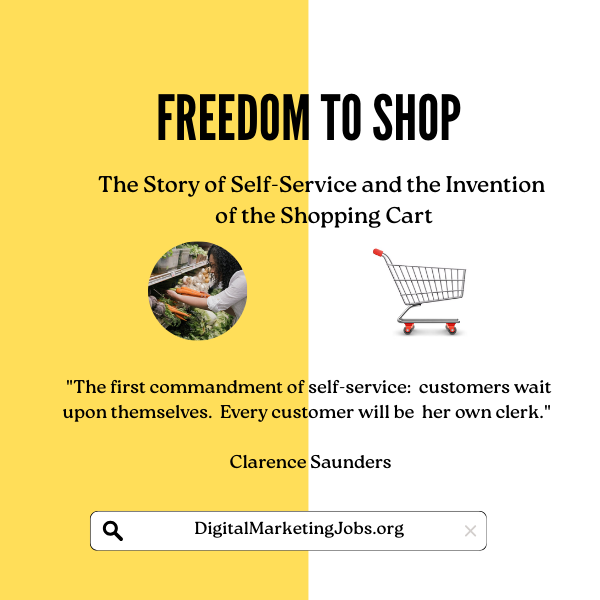
The consumer revolution we enjoy today wouldn’t have happened without two visionary pioneers who dared to make shopping easier: Clarence Saunders, inventor of the self-service grocery store, and Sylvan Goldman, creator of the shopping cart.
They weren’t just chasing profits—they were solving real problems for real people.
Long before today’s data-driven corporations, Saunders and Goldman paid close attention to how people actually shopped—where they struggled, what they needed, and how shopping could be easier.
These innovations didn’t just create convenience; they helped spark the explosive growth of modern consumer culture.
This short book explores the stories behind their breakthroughs—the moments of inspiration, the resistance they faced, and the bold thinking that pushed retail forward.
A timeless lesson for marketers: Focus on the job your customers are trying to get done—not just how to sell more.
“Don’t find customers for your products—find products for your customers.” – Seth Godin
